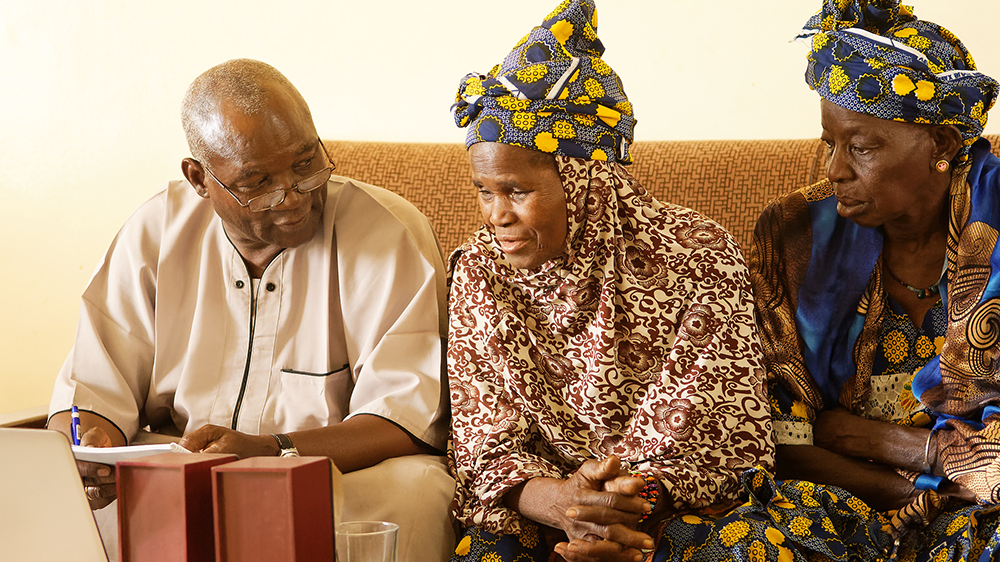About the project
DjembeDance is a comprehensive study of rhythm in djembe drumming and dance from Mali, exploring the coordination, interaction, and integration of rhythmic patterns in a genre of participatory music and dance performance. The collaborative project builds on a large set of multimedia recordings of live performances, combining multitrack audio, multi-camera video, and 3D motion tracking data.

We bring together a team of ethnomusicologists, dance scholars, cognitive scientists, and data scientists, combining computational corpus analysis using statistics and machine learning, with ethnographic fieldwork, scholarly music and dance analysis, and psychological experiments.
Aim
While rhythm research has focused on music as sound and auditory cognition, people often communicate rhythmicity through multiple modes of expression and sensory modalities at once. This holds for speech, ritual, work, and exercise as well as for music and dance.
Emphasizing the cultural and social condition of human interaction, we aim for the study of multimodal rhythm in the "naturalistic" context of real-world performance practices. To this end, the project advances the field of empirical choreomusicology, radicalizing the interdisciplinary nature of integrated music/dance studies by combining qualitative, humanities-based and quantitative, scientific methods.
Financing
Research Council of Norway, Project No. 335795.
Duration
July 2023 – June 2027.

